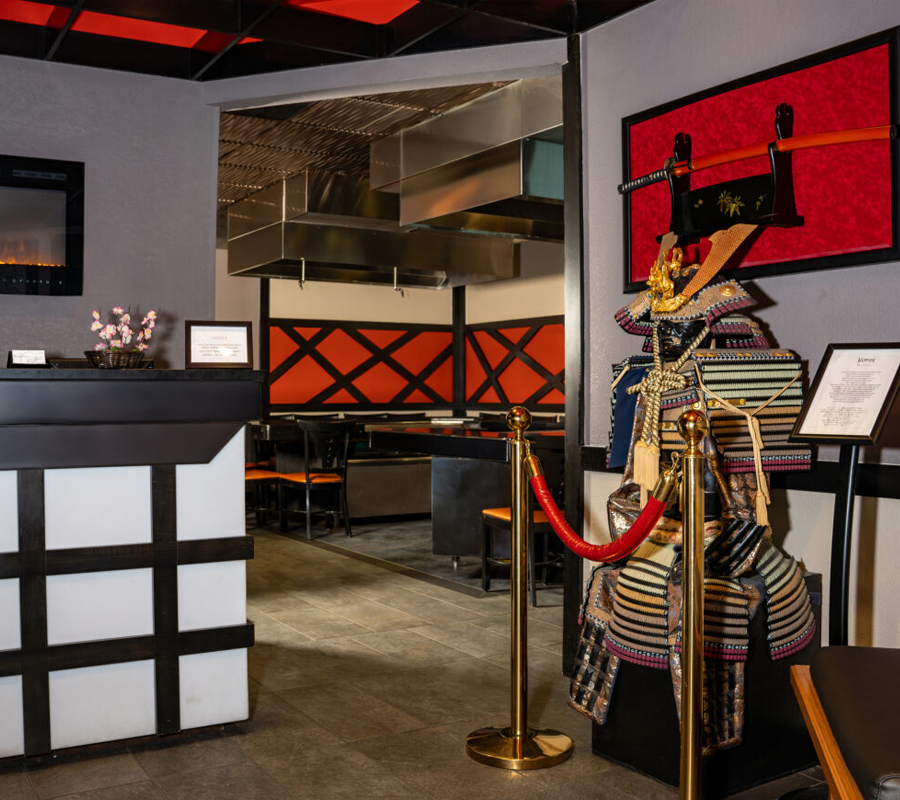The Art of Tataki
What is Tataki? The word “tataki” has two meanings when referring to Japanese food. The first meaning is used to describe a piece of beef or fish that is seared on the outside but left raw on the inside. This unique cooking style is thought to have been developed by a 19th-century samurai named Sakamoto …



